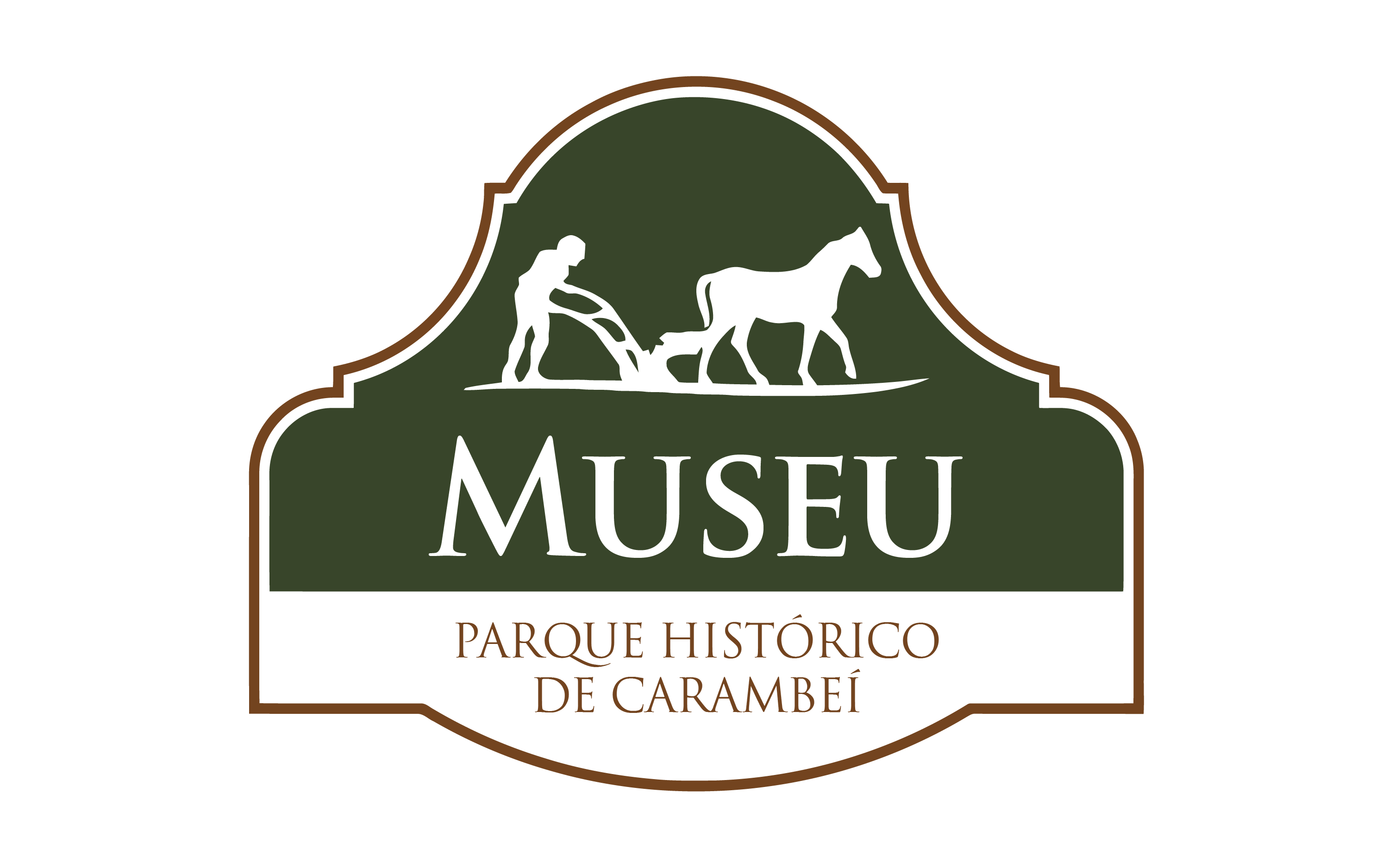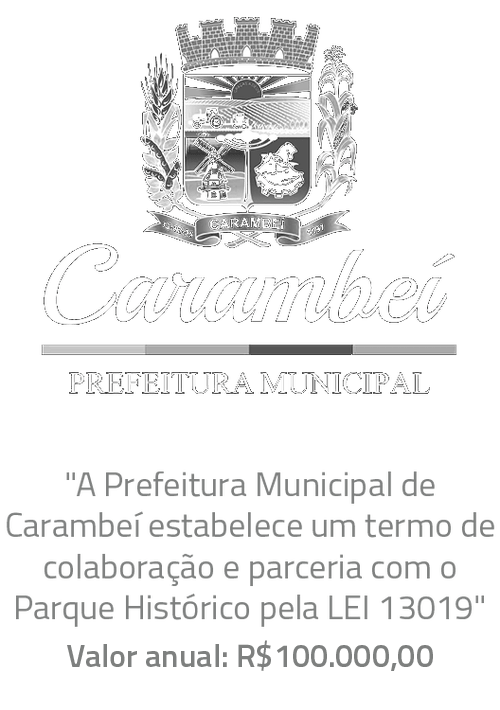The kitchen in the immigrant’s house was reduced; it was usually a continuation of the room. Fireplaces were rare, but salamanders were common. There was a huge amount of windows in the properties, which besides bringing light into the environment, showed the landscape of the new habitat. The interior of the houses was dense and organized, counting with a lot of furniture and small ornaments, such as plants and flowers.
THE TRADITION OF PIES
Dutch cuisine is known for its appreciation in the production of sweets. The tradition was brought from the immigrants to the colony. However, in the first years, it was difficult to have access to the ingredients, so the tradition was restricted. The consumption of the food was only made on Sundays after the church service and included, basically, white batter cake. In special occasions, they ate Orange Kook (orange cake), Buttermilk Pudding, Coconut Pie, Zandkoekjes (traditional Dutch cookies) and, of course, Geitenspek, a sort of trifle made with biscuits, lard, egg-based cream and sugar, which has possibly been the precursor in the tradition of pies in Carambeí.
One-pot Dish: There was usually only one ring on the wood stove or a kerosene stove in the typical Dutch houses. With room for one pot only, all the food was mixed and cooked together. While the food was cooking, sausages were hung over the stove for the smoking process.





